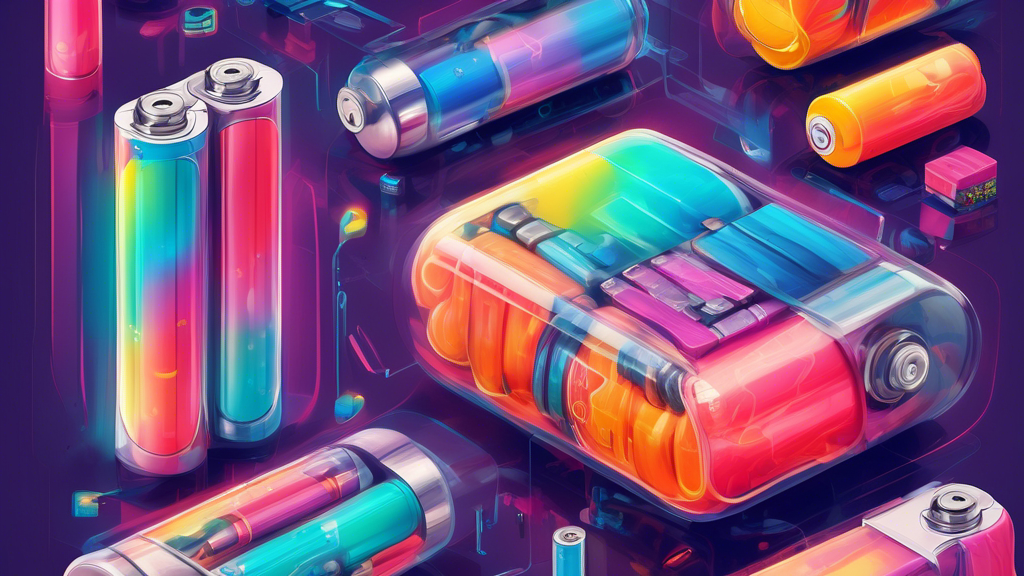
Understanding the Downsides of Sodium-Ion Batteries
In the quest for efficient, sustainable, and cost-effective energy storage, sodium-ion batteries have emerged as a promising alternative to their lithium-ion counterparts. Despite their potential to revolutionize the battery market, especially for grid storage and electric vehicles, it’s crucial to understand the downsides of sodium-ion batteries to grasp their implications for future applications fully.
Energy Density Challenges
One of the primary disadvantages of sodium-ion batteries lies in their energy density. Energy density refers to the amount of energy a battery can store relative to its weight. Unfortunately, sodium-ion batteries generally offer lower energy density compared to lithium-ion batteries. This limitation stems from sodium’s larger ionic size, which affects the efficiency with which these batteries can store and release energy. The lower energy density means sodium-ion batteries tend to be larger and heavier for the same amount of energy storage. This makes them less suitable for applications where space and weight are critical, such as in portable electronics and certain electric vehicles.
Performance at Low Temperatures
Another significant downside to sodium-ion batteries is their performance in cold conditions. Like many battery technologies, sodium-ion batteries experience a drop in performance at low temperatures. However, due to the nature of sodium ions and the current state of related technology, these batteries can be particularly susceptible to decreased efficiency and power output in cold environments. This drawback can limit their applicability in regions with cold climates or for applications requiring consistent performance across a wide range of temperatures.
Cycling Stability and Longevity
Cycling stability, which refers to a battery’s ability to maintain its capacity over many charge and discharge cycles, is another area where sodium-ion batteries face challenges. Although significant progress has been made in improving the cycling stability of sodium-ion batteries, they still tend to lag behind lithium-ion batteries in terms of longevity. This differential can result in a higher total cost of ownership over time, as sodium-ion batteries may need to be replaced more frequently depending on their application.
Technological Maturity and Infrastructure
The technological maturity of sodium-ion batteries is currently lower than that of lithium-ion batteries. Lithium-ion technology has been around for decades, benefiting from extensive research, development, and production scale. In contrast, sodium-ion technology is relatively new and has not yet achieved the same technological refinement or scale level. This discrepancy means that, at present, sodium-ion batteries can be more expensive and less available than their lithium-ion counterparts. Additionally, the existing battery recycling and manufacturing infrastructure is geared towards lithium-ion technology, posing additional hurdles for the widespread adoption of sodium-ion batteries.
Conclusion
Despite these drawbacks, sodium-ion batteries’ potential remains substantial, particularly regarding resource availability, cost, and environmental impact. As research continues and technology evolves, many current limitations can be overcome. Understanding these downsides is crucial for researchers, manufacturers, and policy-makers as they work towards more sustainable and efficient energy storage solutions. While challenging, the future of sodium-ion batteries is bright, with ongoing innovations poised to unlock their full potential in the years to come.
